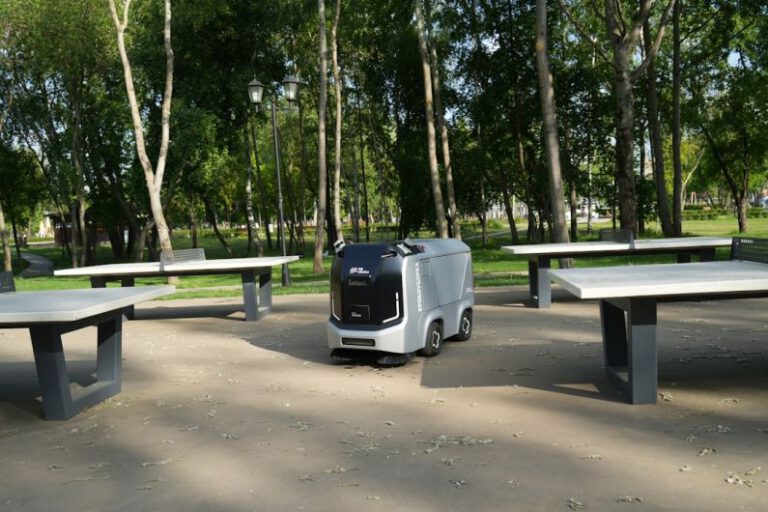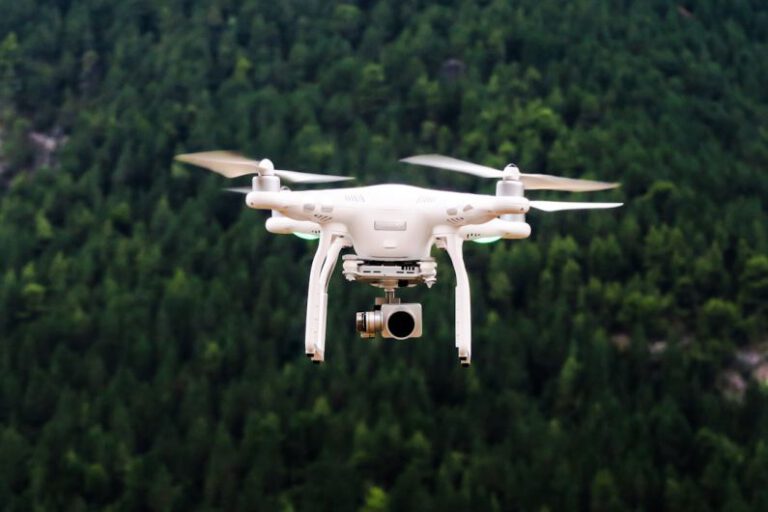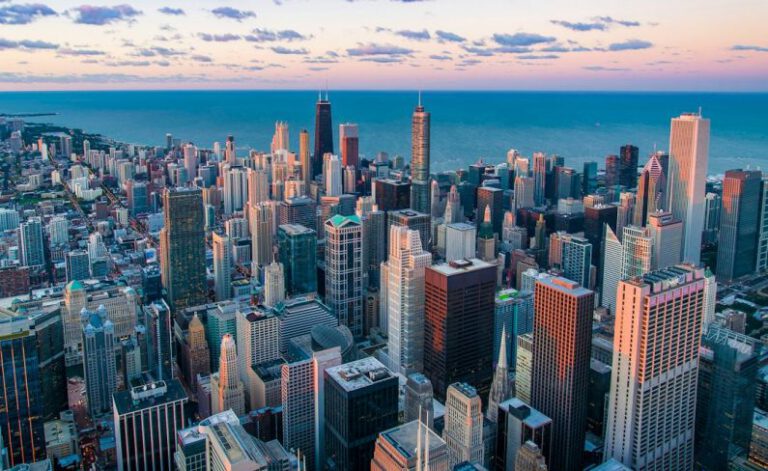Energy-positive Buildings: beyond Zero Emissions
Innovations in sustainable architecture have paved the way for a new era of energy-positive buildings, going beyond just zero emissions. These innovative structures not only produce enough energy to meet their own needs but also generate surplus energy that can be fed back into the grid. Energy-positive buildings are transforming the way we think about urban development and environmental sustainability, offering a glimpse into a future where buildings are not just passive consumers of energy but active contributors to a cleaner, greener world.
### The Rise of Energy-Positive Buildings
The concept of energy-positive buildings is gaining traction as architects and engineers seek to minimize the environmental impact of urban development. By integrating renewable energy sources such as solar panels, wind turbines, and geothermal systems into building design, these structures are able to generate more energy than they consume. This surplus energy can then be used to power neighboring buildings or be sold back to the grid, making energy-positive buildings a valuable asset in the transition to a low-carbon economy.
### Benefits Beyond Sustainability
Energy-positive buildings offer a host of benefits beyond just reducing carbon emissions. By generating their own energy, these structures are less reliant on traditional power sources, making them more resilient to power outages and fluctuations in energy prices. Additionally, the surplus energy generated by these buildings can provide a source of income for building owners, further incentivizing the adoption of renewable energy technologies.
### The Role of Smart Technology
Smart technology plays a crucial role in the success of energy-positive buildings. By using sensors, automated systems, and advanced building management software, these structures are able to optimize energy usage, monitor performance, and adjust energy production in real-time. This level of automation not only maximizes energy efficiency but also ensures that the building remains in a state of energy surplus, even as energy demands fluctuate throughout the day.
### Overcoming Challenges
While the potential of energy-positive buildings is undeniable, there are still challenges that need to be addressed in order to fully realize their benefits. One of the main challenges is the upfront cost of integrating renewable energy technologies into building design. However, as the cost of solar panels, wind turbines, and other renewable energy systems continues to decline, the financial barriers to energy-positive buildings are becoming increasingly surmountable.
### The Future of Sustainable Urban Development
Energy-positive buildings are a glimpse into the future of sustainable urban development, where buildings not only consume less energy but actively contribute to a cleaner, greener environment. By harnessing the power of renewable energy sources and smart technology, these structures are leading the way towards a more sustainable and resilient built environment. As the demand for energy-positive buildings continues to grow, we can expect to see more innovative designs and technologies emerge, transforming the way we think about architecture and urban development.
### Embracing a Renewable Future
In conclusion, energy-positive buildings represent a paradigm shift in the way we approach building design and energy consumption. By embracing renewable energy sources and smart technology, these structures are not only reducing their environmental impact but also paving the way for a more sustainable future. As we continue to prioritize energy efficiency and environmental sustainability in urban development, energy-positive buildings will play an increasingly important role in creating a greener, more resilient built environment for generations to come.






